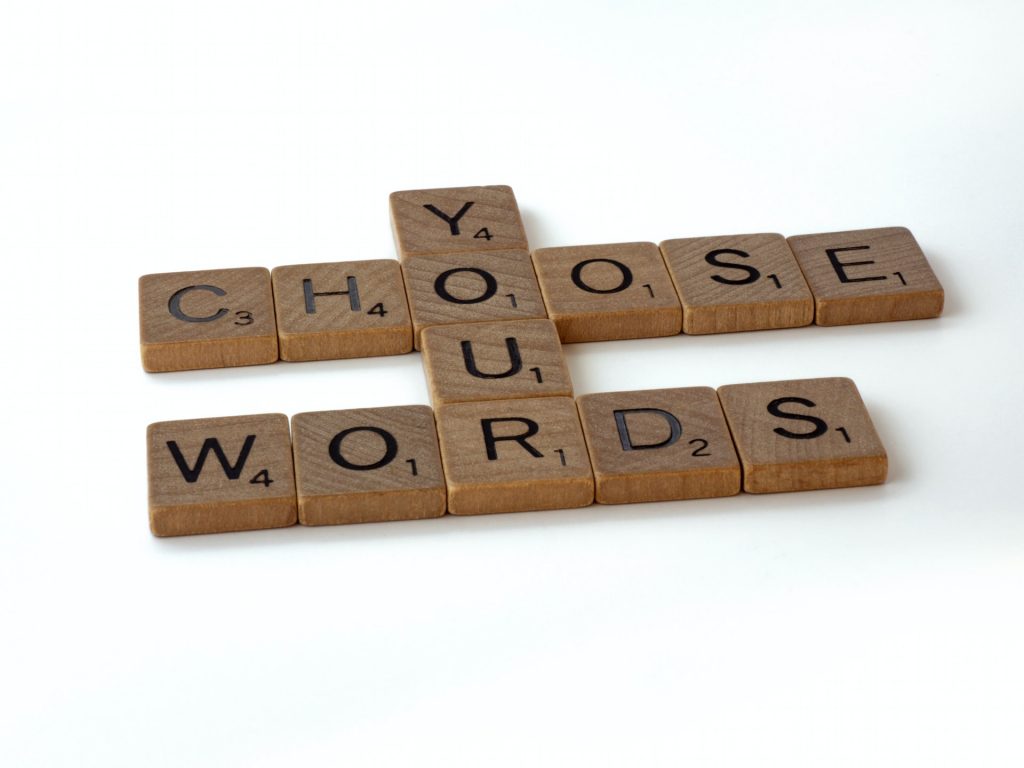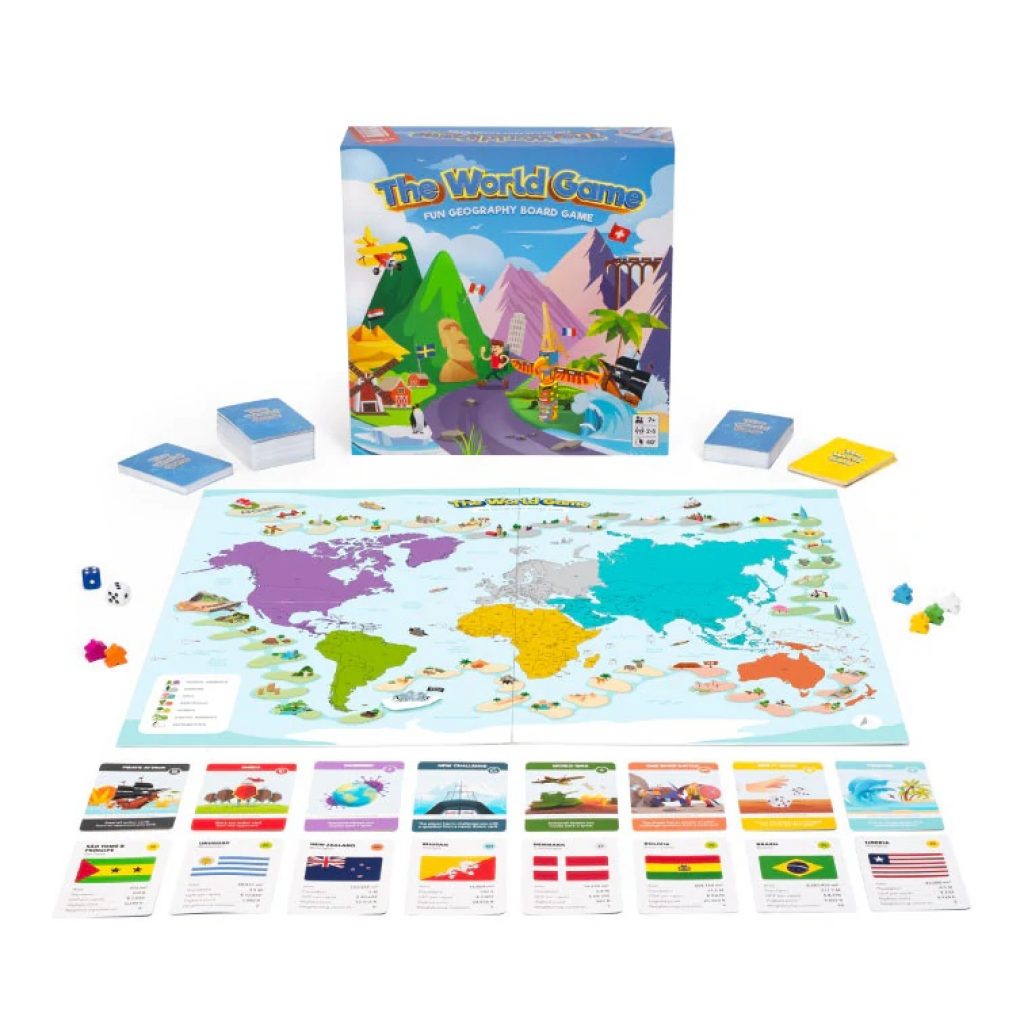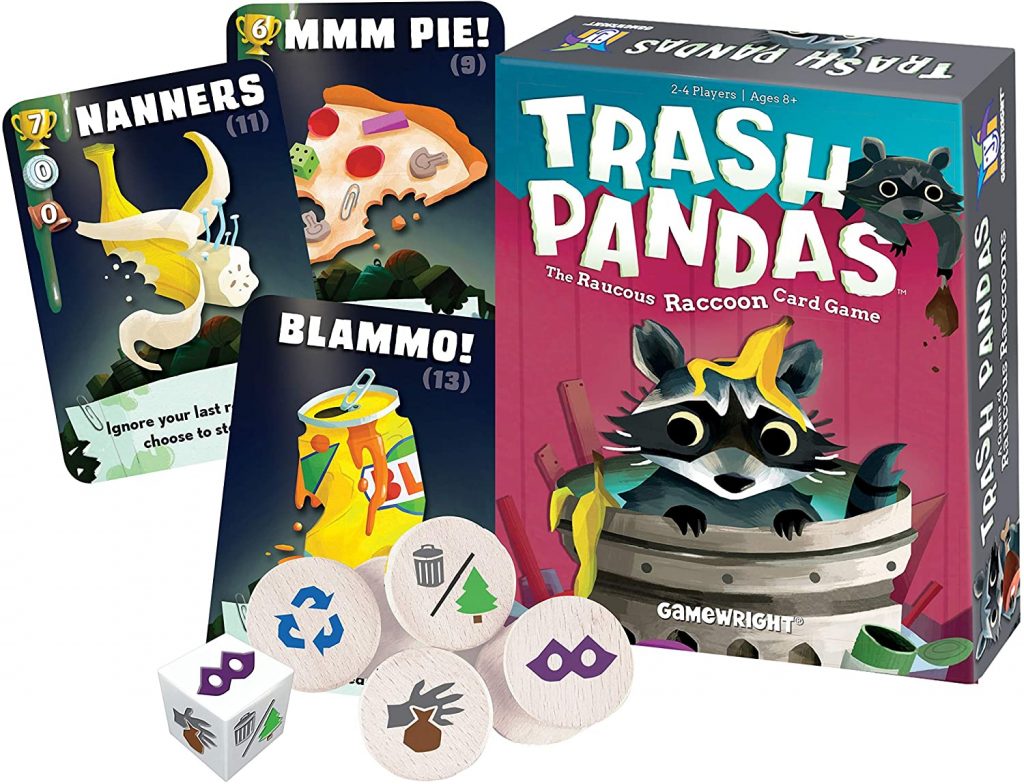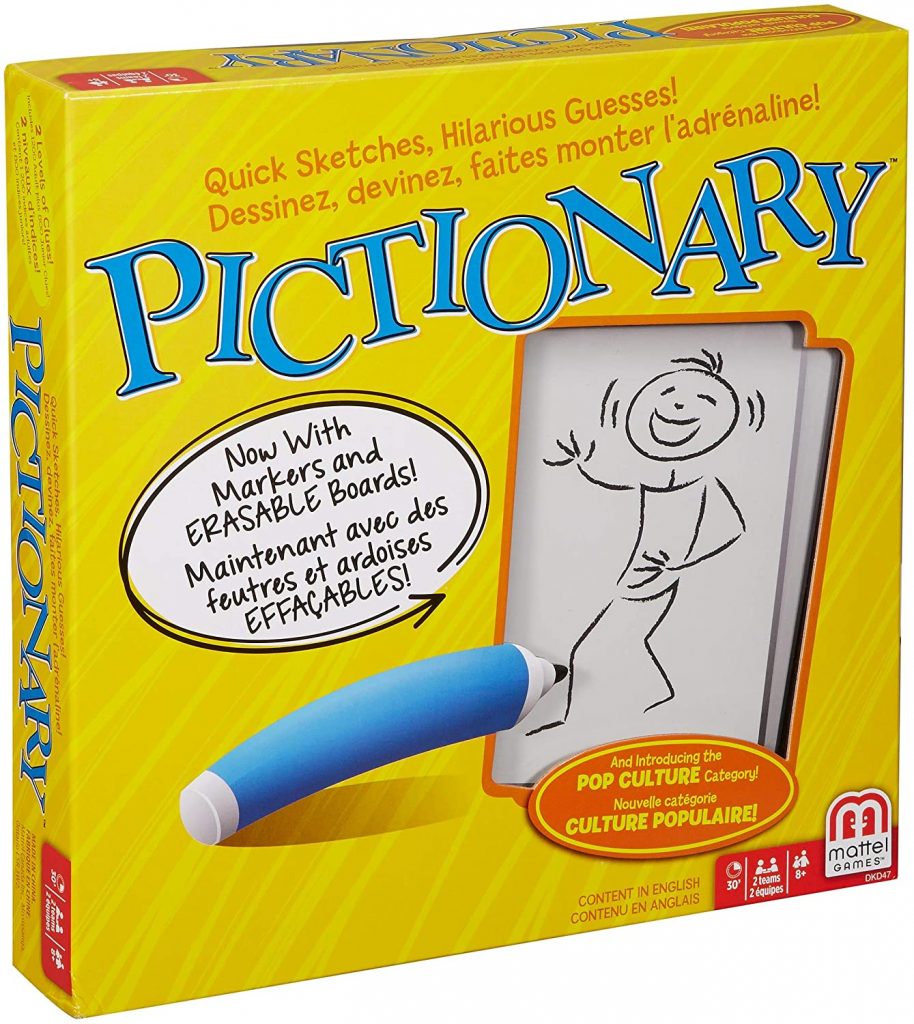Growing up, my family and I played a lot of games on Friday nights and, coming from a big family, we made sure to play inexpensive games.
For many families, what with price rises popping up daily now, saving a little extra money each month will be more important now than ever. So, I’ve curated this list to help your family bring joy and fun to family game nights without spending too much money.
Whether your family likes creative, challenging, or competitive games, the below games will hopefully bring joy to families with all kinds of game preferences. I’ve included strategy, trivia, and educational games to accustom every family. Most importantly, all these games listed range from £0 to £40 and can be played time and time again!
Scroll down to see my suggested family games on a budget. I have ordered the games by age, youngest to oldest. For more money savings tips, feel free to check out our blog.
Set up: Less than 5 minutes
Learning time: 5 minutes
Lasts: Up to 1-2 hours
Players
2 – 5 Players
Age
5+
Difficulty
Challenging
Skill
Literacy
Scrabble is a word game that is absolutely the perfect game for any families looking to boost their kid’s literacy skills.
This game is a staple which can be played by wordsmiths of all ages. It’s perfect for crossword lovers, however, where literacy skills vary, it may prove to be a little frustrating. What makes the game so fun? If you’re anything like me and love a challenge, this will keep you entertained for hours!
After a couple of words, it can get very challenging to think of another, especially is you want to get good points, and there will be a point where it’ll spark many arguments over if a word is in the dictionary or not.
How to play
At the beginning of the game, you will be given seven tiles and each tile will have a different letter on it. These letters will be used to create words on the board. The objective of the game is to earn the most points. Points are earnt per letter that you add to the board and each letter will have a different value. At the end of your turn, you will take more tiles from the pouch so that you have another seven in your hand.

Set up: 10 minutes
Learning time: 10 minutes
Lasts: Up to 1-2 hours
At the time this article was written
Players
2 – 6 Players
Age
5+
Difficulty
Easy – Moderate
Skill
Trivia
Don’t be afraid of the name, this game is super fun to play with younger children until all the way through to young adults, so save some money by making this a weekend family tradition!
This family board game is aimed at children aged 5 + that want to challenge their parents into a showdown. I’ve played this game with my family and my younger siblings enjoyed the trivia and challenge cards, and that each team writes a wager before the game begins.
This game is a battle of the ages where bragging rights are at stake. What will you do if you lose? The questions are tailored to each generation, so everyone gets their own set of questions. So, the question is, how smart are you?
How to play
Kids go first. The parents draw a question card and read out the first kids’ question.
If the kids answer correctly, they move forward one space, and the parents ask the next question from the card. If they do not answer correctly, they do not move ahead, and their turn is over.
By correctly answering all three questions on a card, teams may move ahead up to three spaces on each turn. The card is returned to the bottom of the pile, and it is now the parents’ turn. I’ve linked to this video which helps explain how to play the game for a better, visual understanding of how.
The Dictionary Game
Set up: Less than 5 minutes
Learning time: 5 minutes
Lasts: Up to 1-2 hours
FREE Online Version
FREE
At the time this article was written
Players
2 – 5 Players & Teams
Age
6+
Difficulty
Challenging
Skill
Literacy
Personally, I found dictionary to be an eye opener to literacy and it really helped my parents save money on tutoring!
The basics of the game is simple. This game is a guessing game, perfect for families trying to learn new, harder words which is also the objective of the game.
For this game, everything you need is FREE! If you don’t have a physical copy of a dictionary, the online version is always available.
Growing up bilingual, this is a game I can recommend to families wanting to learn as well as have some fun
How to play
In turn, each player taking the lead will find an unusual word from the dictionary that they feel will be hard to guess the meaning of. The player who is taking the first turn will write out the real definition of the word whilst the other players will write what they think the definition is.
All the definitions will be collected by the players who’s turn it is and they will then proceed to read out all the definitions to all the players. After all the definitions have been read out each player chooses the one, they think is correct and the player who’s turn it is then reveals the right answer.
Players get one point if they correctly guess the definition. If no one guesses correctly, the leader gets a point and if a player inaccurately guesses a definition that was written by another player, the player that wrote the definition receives a point for deceiving the others.
Play until each person has had a chance to be the leader and after everyone has had their turn, the person with the most points wins!
As a variation on this game and to add a bit more fun this can also be done using obscure movies, famous people, or Initials.
If you want a pre-packaged boxed game that plays just the same as this game you could just buy Balderdash and then you won’t have to dig out your own pens, paper, and dictionary
Set up: Less than 5 minutes
Learning time: 5 minutes
Lasts: Up to 1-2 hours
Players
2 – 5 Players
Age
7+
Difficulty
Challenging
Skill
Geography
As somebody who loves to travel and loves geography, this game is super fun and interesting.
Everybody knows Paris, Milan, and Budapest, but are you aware of all the countries in the world… let’s find out. The objective of the game is to find the strongest facts about a country and win. The game covers all 194 countries with a world map included.
So, why not save money on travelling and learn about all the countries in the world with this very fun family game you can play with everyone. This game is tailored to all ages, ranging from easy to difficult so nobody is left out.
Even better! Due to its size, you can bring this game to road trips and save some money when travelling because we all know at some point, kids get bored quick and immediately ask for new games.
How to play
The World Game is based on comparing facts between countries, where the highest fact wins. However, to make the game interesting, there are some challenges that can be called. You are asked to guess the flag, show the location of a country on the map, or name the capital city of a country.

Stop The Bus
Set up: 5 minutes
Learning time: 5 minutes
Lasts: Up to 2-3 hours
FREE
At the time this article was written
Players
2 – 6 Players
Age
7+
Difficulty
Easy
Skill
Communication
Whenever my family visit from London, this is the game we always love to play! – Yes, you’ve probably noticed we love games – This game is super inexpensive because all you need is a pen and paper for each player, or even use your phone.
The great thing about this game is it’s perfect for those that don’t enjoy games that require skills in a particular field. That said, communication skills will likely be gained because it helps young kids revise their vocabulary and gives them an opportunity to recite the alphabet. It also promotes communication skills such as listening and speaking.
To make the game more challenging, you can change the level by changing the category headings.
How to play
Begin by deciding as a group on seven categories, such as animals, food, movies, etc. Once decided, each player takes a piece of paper and a pen and draws eight columns, adding the categories as headers in the first seven columns, leaving the eighth column blank for writing down your scores as you play.
Select a player to begin the game by silently running through the letters of the alphabet in their head. When the player to their left shouts “Stop!” the letter the person was thinking of at the point when they stopped becomes this round’s letter.
Each person must then write down answers, starting with the chosen letter, on their sheet for each category. The first person to finish must shout ‘stop the bus’ and all players must stop writing.
If your answer matches someone else’s you get 5 points. If your answer is unique, you get 10 points. If you haven’t written an answer, you get 0 points. Mark your points down in column eight and move on to another round. The player to your left now runs through the alphabet and the player to their left shouts stop.
Continue playing until you’ve had enough. When you finish, total your points and the person with the highest score at the end wins.
Set up: Less than 10 minutes
Learning time: 5 minutes
Lasts: Up to 1-3 hours
At the time this article was written
Players
2 – 5 Players
Age
8+
Difficulty
Easy – Moderate
Skill
Maths
Now, brainbox is the inexpensive game that every parent with upper key stage 2 children needs! Fun fact, this game was developed by a primary school teacher with 30 years’ teaching experience.
This game is essentially a memory and observation card game that tests how much you can remember in 10 seconds. The person with the greatest number of cards after 5 or 10 minutes is the winner.
This game will build a foundation of life-long learning. Your children will develop mathematical knowledge that support ks2 education all for a little lump sum.
How to play
The object of the game is to study a card for 10 seconds and then answer a question based on the roll of a die. If the question is answered correctly, the card is kept, and the person with the greatest number of cards after 5 or 10 minutes is the winner.
Trash Pandas
Set up: 5 minutes
Learning time: 2/3 turns
Lasts: 20 to 30 minutes
At the time this article was written
Players
2 – 4 Players
Age
8+
Difficulty
Easy – Moderate
Skill
Strategy
Trash Pandas is a great family game if you’re trying to keep multiple age groups entertained. Its quick, and once you’ve learned the different cards and remembered what the symbols on the tokens mean, you’re good to go.
I would class this as a strategy game because to win, you need to be thinking ahead a little, that said, I’ve played with multiple ages and even those too young to get their head around formulating a strategy still have a great time because the playing is easy (but they never win).
There are eight different types of cards, all of which have a different value associated with them. The aim of the game is to stash your cards and the person that manages to stash the highest value wins.
But wait, it’s not that simple. Just because you’ve stashed a card doesn’t mean you will earn the points. There are points that can be earnt in 1st, 2nd and 3rd place. To earn those positions, you must have stashed the most cards of a particular type.
For example, the Feesh card will earn you 5 points in 1st place, 3 points in 2nd place, and 1 point in 3rd place. If player ‘A’ has 3 Feesh, player ‘B’ has 2, and player ‘C’ has 1 then they will earn the points respectively.
How to play
Each player starts with a varying number of cards, and the person with the most cards goes first. The discard pile is called the trash pile and the tokens will tell you what to do.
When it is your turn, you roll the die and whichever face you land on, you will pick up the corresponding token. You can keep rolling the die for as many tries as you like, but be careful, if you land on the same face twice you surrender your turn (unless you have a card that allows you to try again).
Each token will allow you to do different things. You can take more cards from the trash, stash your cards, steel from an opponent of choice or expose a card from the trash and if anyone has that card in their hand, they can stash it. When taking your turn, you can perform each of these tasks if you have the token.
The game ends when there are no more cards in the trash.

Set up: 5 minutes
Learning time: 10 minutes
Lasts: Up to 1-3 hours
At the time this article was written
Players
2 – 8 Players & Teams
Age
8+
Difficulty
Easy
Skill
Drawing
Pictionary is a charades-inspired word-guessing game which is a creative, fun game that makes you forget about time. It can get funny quickly because there’s always one person who can’t draw to save their life and one who guesses too quickly.
This game is perfect for all ages so no need to spend extra money on games suitable for everyone. The best thing about this classic game is that it never gets old, so, no need to buy new games for a while.
How to play
The aim of the game is to draw clues to what the word is through images in 60 seconds and your teammates must guess correctly what you’ve drawn. The team to correctly guess first wins.
I’ve linked to this video which explains how to play the game for a better, visual understanding of how.

Set up: 5 minutes
Learning time: 2/3 turns
Lasts: 1-2 hours
At the time this article was written
Players
2 – 6 Players
Age
12+
Difficulty
Moderate
Skill
Trivia
With so many different companies in existence, all of which have their own unique logo, it’s no surprise that someone decided it would make a good game to test our knowledge of the brands we interact with every day.
How many different logo’s do you think are in your fridge, right now?
We love to play this game in teams, that way we can help each other out and the kids (and myself) can get involved and still stand a chance of winning against the grandparents. The truth is, I would be terrible at this game if I played it on my own. I don’t think I would leave the starting point but playing as individuals is possible and is probably a better option if you’re looking for more of a challenge.
The fun thing about this game is the frustration of recognising the logo, but not quite being able to put your finger on it. If its your teams turn to guess, it can be exhilarating when the penny finally drops. When it’s your opponent’s turn, it’s so much fun to watch them struggle.
How to play
The aim of the game is to work your way around the board towards the win zone in the middle. Pick which team will go first and then choose someone from the opposite team to be the question master for that round. They will be the person reading the questions to the team who’s playing the first round. After the first round, the role of the question master should shift to the person on the left.
To move around the board, the question master will pick the first card from the deck. The card will contain four questions, one in a purple box, one in a green box, one in an orange box, and one in a red box. The purple question will be asked first and if the team get’s the answer right, they will move to the first available purple space on the board.
When a team get’s a question right, the question master will then move on to ask them the next question on the card. When a team get’s the question wrong, the question is then asked to the next team, whichever team gets the question right is then asked the next question on the card.
Whoever answers the question correctly, moves their counter on the board to the colour of the questions. If no one correctly answers the question, then the question master reads the answer out, and then asks the next question to the team who’s round it is. This continues until all four questions have been asked and the round is over.
Set up: 10 minutes
Learning time: 5-10 minutes
Lasts: Up to 2-4 hours
At the time this article was written
Players
2 – 8 Players
Age
14+
Difficulty
Moderate
Skill
History
Now, this game is notorious in my family. I first played chronology when I was 12 on Christmas eve against my family and I won! The aim of the game is for each player to build a timeline of cards, with each card listing an historical event and the year in which it occurred.
This game is loved by me and my family because we always learn new things whilst playing. In addition, we always get to see who listened in their history classes.
This game is for older kids and teenagers, so if your child is still young, buy this game now and save it for later!
How to play
At the start of the game, players are dealt two cards, which are then placed face up in chronological order. On their turn, a player is read an event from a new card; the player must then indicate the position on their own timeline where the card should be placed. If they’re correct, they take possession of the card and inserts it in their line; if not, the next player gets a crack at it, and so on. The first player with ten cards wins.










